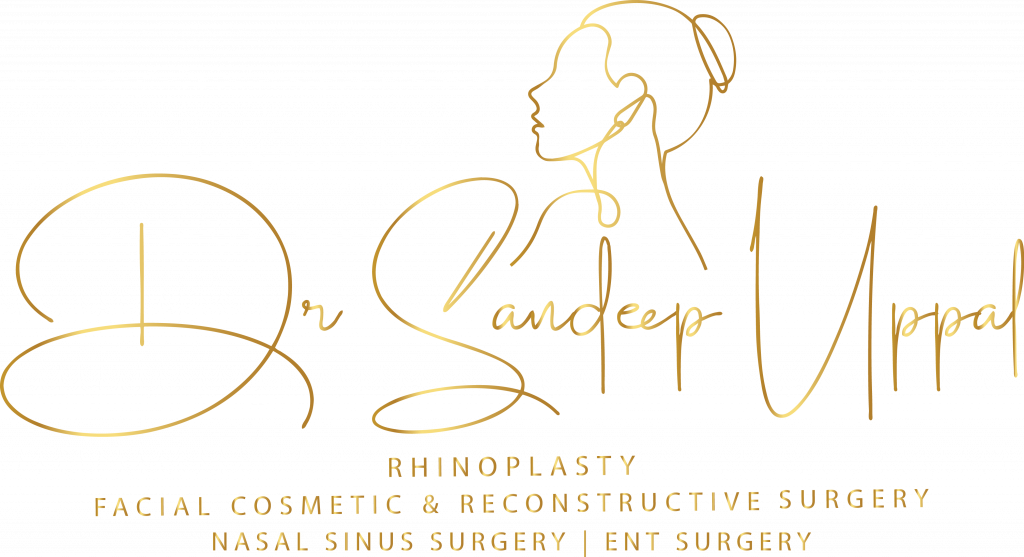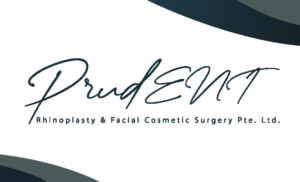Salivary Gland Tumours
SALIVARY GLAND TUMOURS Both benign and malignant tumours can develop in salivary glands. The tumours may involve the parotid gland, the submandibular gland, sublingual gland, or the minor salivary glands. WHAT ARE THE DIFFERENT KINDS OF SALIVARY GLAND TUMOURS? Here’s an overview of the types of salivary gland tumours: BENIGN SALIVARY GLAND TUMOURS Pleomorphic Adenoma (Mixed Tumour) Essential details of Pleomorphic Adenoma include: Prevalence: It stands out as the most frequently diagnosed benign salivary gland tumour. Site of Occurrence: The parotid gland, located in front of the ear, is the primary site of this tumour’s appearance. However, it is also known to manifest in the submandibular gland, albeit less frequently. Growth Rate: Pleomorphic Adenoma has a reputation for its indolent nature, meaning it tends to grow at a leisurely pace. Histological Features: The tumour’s name ‘pleomorphic’ reflects its diverse histology. Microscopically, it displays an eclectic mix of epithelial cells forming gland-like structures coexisting with varying amounts of myxoid, chondroid, or even osseous stroma. This mixed appearance gives it the alternative name, ‘Mixed Tumour’. Symptoms: Often, it manifests as a painless, firm, and mobile mass. However, its size can increase over time, leading to discomfort or cosmetic concerns. Malignant Transformation: Although benign, one of the concerns with Pleomorphic Adenoma is its potential for malignant transformation if neglected. There is an approximate 1% risk per year of this tumour turning malignant, emphasising the importance of timely intervention. Treatment: The primary management strategy for Pleomorphic Adenoma is surgical excision. Ensuring complete removal is crucial to prevent recurrence and reduce the risk of malignant transformation. Postoperative Care: Regular follow-up after surgery is crucial to monitor for any signs of recurrence and ensure the patient’s well-being. Warthin’s Tumour (Papillary Cystadenoma Lymphomatosum) Key characteristics of Warthin’s Tumour include: Location: While it predominantly manifests in the parotid gland, it can occasionally appear in other salivary glands. Demographics: Older men are more frequently diagnosed with Warthin’s Tumour than women. Bilateral or Multifocal Growth: A distinctive trait of this tumour is that it can emerge on both sides of the face or have multiple focal points within the same gland. This bilateral or multifocal appearance is not common in other types of salivary gland tumours. Histology: Under the microscope, Warthin’s Tumour displays a unique combination of epithelial and lymphoid tissue. The cystic spaces filled with fluid are lined with a double layer of epithelial cells, while the surrounding regions are dense with lymphoid tissue. Symptoms: Often, individuals with Warthin’s Tumour may not exhibit any overt symptoms. The tumour is usually discovered as a painless, slow-growing mass. However, any persistent swelling or growth in the salivary gland region warrants medical attention. Treatment: The primary treatment for Warthin’s Tumour is surgical removal, especially if it causes discomfort or aesthetic concerns. The prognosis after surgery is generally excellent, with a low recurrence rate. Postoperative Care: Regular follow-up after surgery is crucial to monitor for any signs of recurrence and ensure the patient’s well-being. Monomorphic Adenoma Here are the primary characteristics of Monomorphic Adenoma: Uniform Structure: As the name ‘monomorphic’ suggests, this tumour has a more consistent cellular structure. Unlike the pleomorphic adenoma, which showcases a variety of tissue types, the monomorphic adenoma maintains a homogenous appearance microscopically. Histological Features: The term “monomorphic adenoma” groups together several benign salivary gland tumours, each having its unique microscopic appearance. However, they all share the commonality of presenting a consistent, uniform pattern of cells. Site of Occurrence: Monomorphic Adenomas can arise in any salivary gland. However, similar to many salivary gland tumours, the parotid gland is a frequent site of occurrence. Symptoms: Patients typically present with a painless, slowly enlarging mass. The lump is usually firm and can be moved easily upon palpation. Treatment: Surgical excision remains the treatment of choice for Monomorphic Adenomas. Given their benign nature, complete removal often results in a cure. However, it’s essential to ensure the entire tumour is excised to prevent any potential recurrence. Postoperative Care: Regular follow-up after surgery is crucial to monitor for any signs of recurrence and ensure the patient’s well-being. Oncocytoma Here’s a closer look at the characteristics of Oncocytoma: Cellular Composition: The primary cellular component of an oncocytoma is the oncocytic cell. These cells are large, eosinophilic (pink-staining under the microscope), and granular, containing numerous mitochondria, which is responsible for their distinctive appearance. Site of Occurrence: While Oncocytomas can appear in any of the salivary glands, the parotid gland is the most common site for these tumours. The parotid gland, situated in front of the ear, is the largest of the salivary glands. Demographics: Oncocytomas are more frequently diagnosed in older adults. While they can affect any age group, their prevalence increases with advancing age. Symptoms: Most individuals with an oncocytoma present with a slow-growing, painless mass. Because of its benign nature, the tumour doesn’t typically cause pain or functional issues unless it reaches a significant size, at which point it might exert pressure on adjacent structures. Histological Features: Under the microscope, an oncocytoma showcases sheets or nests of the characteristic oncocytic cells. The abundant granular cytoplasm of these cells, owing to the high mitochondrial content, is a defining histological feature. Treatment: The gold standard treatment for Oncocytoma is surgical excision. Complete removal is typically curative, and recurrence rates are low when the tumour is entirely excised. Follow-up: After surgery, patients should maintain regular follow-up appointments to monitor for any potential recurrence or complications and to ensure optimal recovery. MALIGNANT SALIVARY GLAND TUMOURS Mucoepidermoid Carcinoma Here are the primary characteristics and aspects of Mucoepidermoid Carcinoma: Histological Features: Mucoepidermoid Carcinoma derives its name from its histological makeup, which includes a mix of mucous-producing cells (mucocytes) and squamous cells (epidermoid cells). The proportion and arrangement of these cells play a vital role in determining the tumour’s grade. Grading: The tumours are typically categorised into low-grade, intermediate-grade, and high-grade based on their microscopic features. Low-grade tumours tend to grow slower and have a better prognosis, while high-grade tumours are more aggressive and may spread to other parts
Salivary Gland Tumours Read More »


